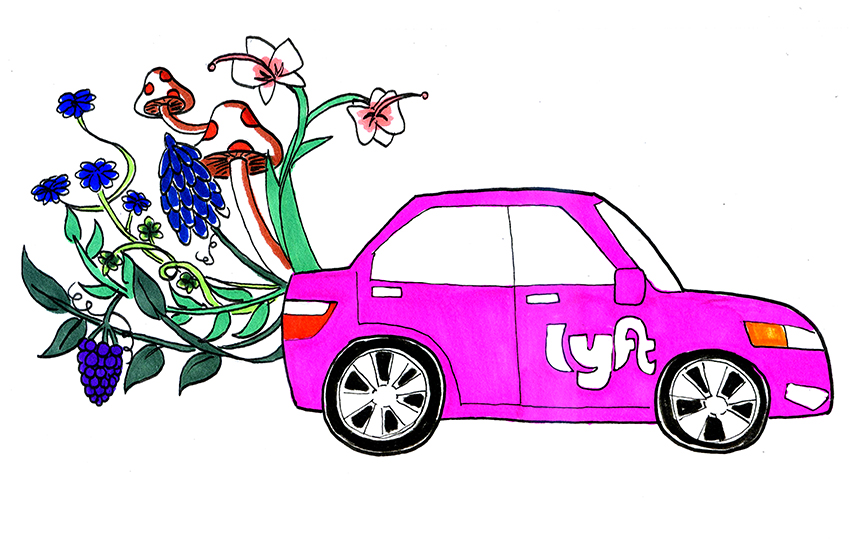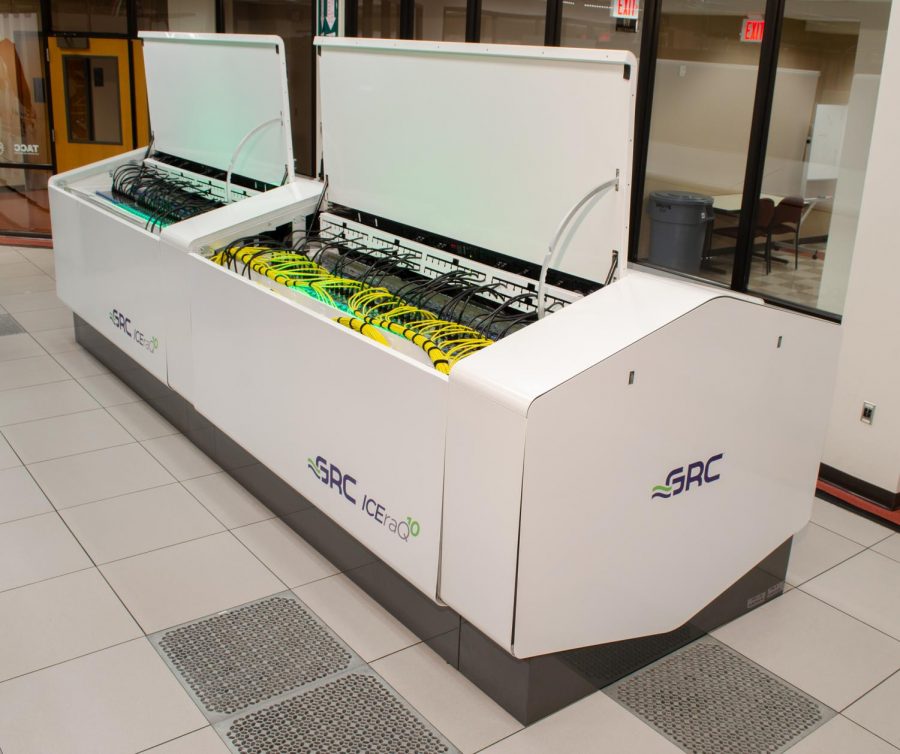With a new commitment to full carbon neutrality and 100 percent renewable energy, you can now “Lyft” your environmental standards every time you use the ride-hailing app.
Being carbon neutral means that the net amount of carbon dioxide released into the atmosphere is zero. A company that emits carbon can achieve carbon neutrality by purchasing carbon offsets, or investments in greenhouse gas reduction strategies, in order to balance out unavoidable emissions, according to Renewable Choice Energy.
To achieve carbon neutrality, Lyft is purchasing enough carbon offsets to neutralize the emissions from its vehicles, in addition to purchasing enough renewable energy to cover energy use by all of its office spaces and electric vehicles, said Aaron Fox, Lyft’s Austin general manager.
“Of course, most of the cars nowadays are gasoline-powered, which means we need to buy a lot of offsets to do that … over a million metric tons,” Fox said.
In Austin, transportation emissions account for 36 percent of total greenhouse gas emissions, according to Austin’s 2017 “State of Our Environment Report.”
Lyft is the first ride-hailing company to offset all rides globally, according to environmental organization We Are Still In. In Texas specifically, Lyft’s carbon offsets are purchased from Horse Creek Wind in Haskell County, Texas, which works toward using renewable energy resources such as wind.
In places where direct renewable energy is not yet available, Lyft is purchasing Renewable Energy Certificates (RECs) through its partner 3Degrees.
These RECs are sourced to meet environmental standards, which ensure Lyft’s electric vehicle energy usage is 100 percent renewable going forward. The credits come from renewable energy projects that generate clean power on the same regional electricity grids Lyft uses to power its offices and its electric vehicle drivers use to charge their cars, Fox said.
Lyft currently has a fleet of autonomous electric vehicles in Boston and San Francisco. Fox said it won’t be long before those vehicles are available in Austin.
“We have a huge commitment to renewable energy, so I’m optimistic that we’ll also eventually have stations in Austin for electric vehicles to get charged,” Fox said. “That’s the direction we’re going. We feel immense responsibility for the impact that Lyft will have on the planet.”
Carbon offsets are controversial because according to an editorial called The Conversation, they give the impression that businesses release zero carbon emissions when they are actually some of the largest emitters. Yet, Ryan Hammock, environmental science junior and vice president of the Climate and Meteorology Society, said he supports Lyft’s initiative.
“I think (the initiative) is a step in the right direction, and I think those actions are pretty feasible,” Hammock said. “Lyft’s attempt to offset its carbon footprint by purchasing renewable energy has the potential to be beneficial. However, I think it’s important for consumers to know that they’re still purchasing a ride that is most likely burning fossil fuels.”
Annabeth Cummins, a sophomore sustainability studies major, said Lyft’s green initiative has convinced her to make the switch in ride-hailing preference.
“I think it’s really great that they’re doing this,” Cummins said. “While their carbon neutrality initiative won’t completely eliminate the problem, now that I know that they’re carbon neutral, I’ll definitely choose Lyft over the other options out there.”





















